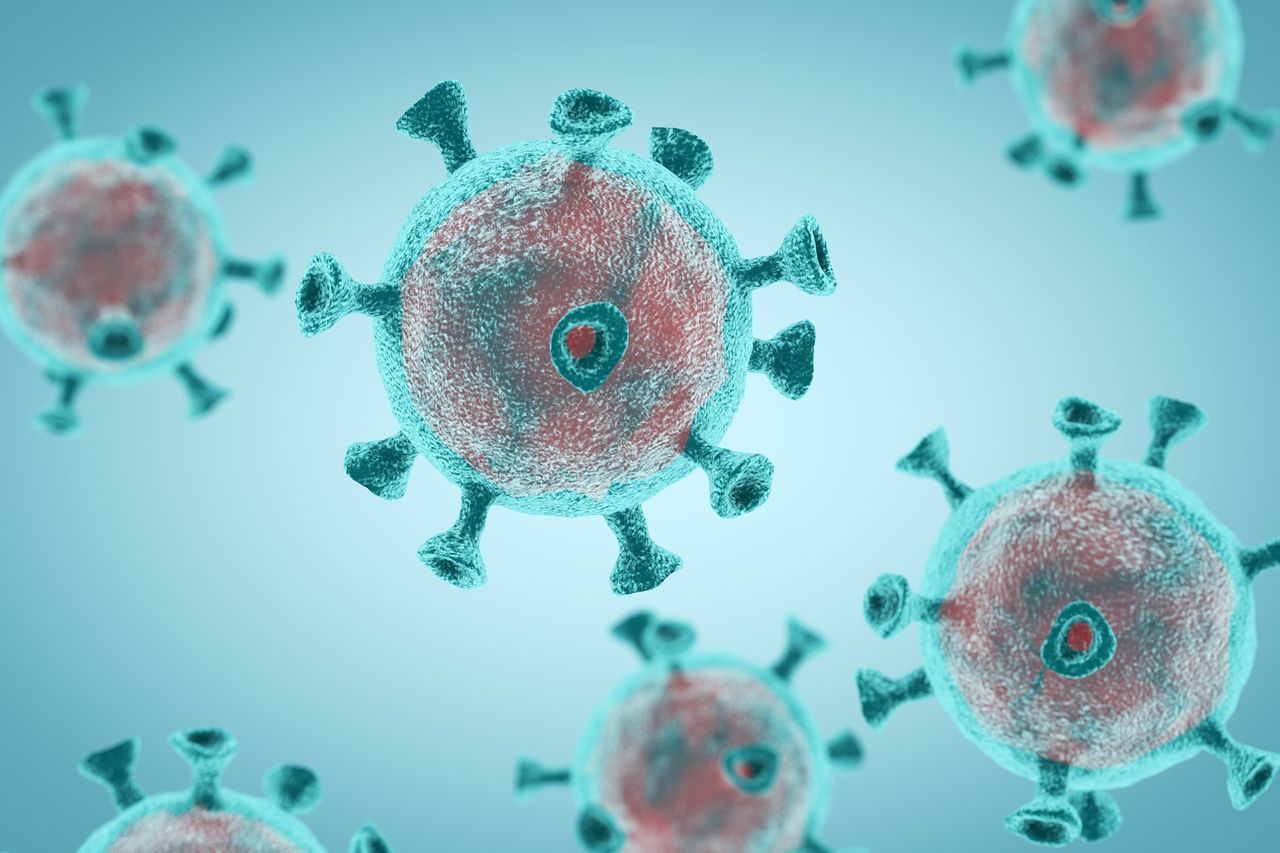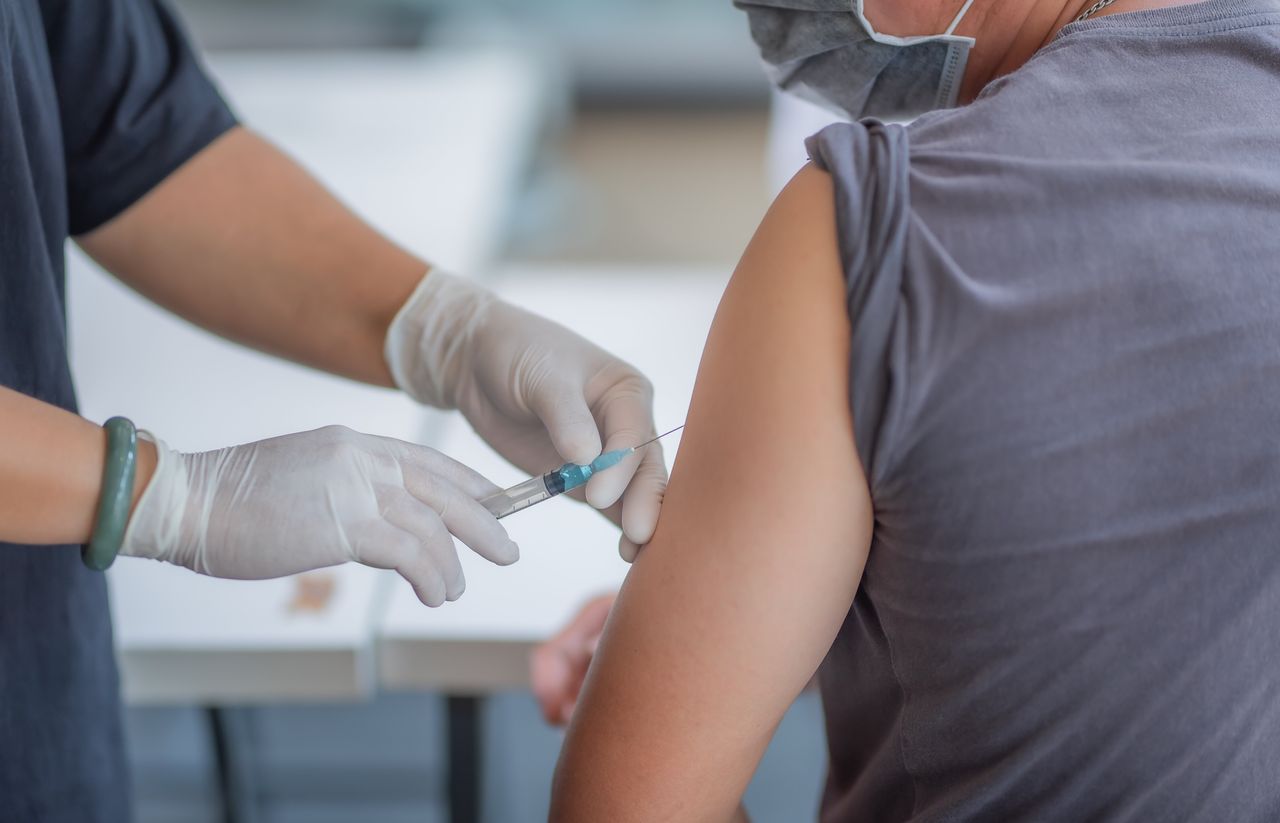2020 was the year the UK became a nation of amateur epidemiologists.
Under the dark cloud of the Covid-19 pandemic, we throw around terms like “asymptomatic” and “exponential growth” and talked about the “R-rate” like virology has always been a national pastime.
But as the race for a jab to protect us from coronavirus heats up, we are entering the next stage of our education – vaccines.
In recent weeks, biotech company Moderna and pharmaceutical giant Pfizer have both reported that their trial vaccines can offer around 95% protection from Covid-19, while Oxford University researchers revealed on Monday that their jab could have an efficacy of up to 90%. Or, administered a different way, 70%.
But tens of thousands of people took part in the trial, and only 30 developed Covid after having the jab. So why isn’t the number higher?
We asked some scientists to explain it to us.
What do scientists really mean when they talk about ‘vaccine efficacy’?
For those of us who aren’t part of the scientific community, “vaccine efficacy” probably isn’t a term we’ve come across much in the past.
Vaccine efficacy is a measure of how much a trial participant’s risk of getting a disease drops if they have had the vaccine, compared with those given a placebo jab.
“The greater the percentage reduction of illness in the vaccinated group, the greater the vaccine efficacy,” the US Centers for Disease Control and Prevention (CDC) explains on its website.
So, how is vaccine efficacy calculated?
The CDC sets out one way of calculating vaccine efficacy on its website.
First, scientists testing a vaccine will establish the number of trial participants who caught the disease even though they’d been given the jab. In the case of the Oxford trial, that was 30.
They then subtract this figure from the number of unvaccinated trial participants (those who got a placebo) who were infected. On the Oxford trial, that was 101.
Then, they divide the result – that’s 71 for the Oxford trial – by the number of unvaccinated participants who developed the disease, which as we just said was 101 in the Oxford vaccine example.
Finally, to get a percentage, multiply that by 100.
I don’t get it
A less maths-y way of thinking about it is this.
Imagine that both groups (those who got the vaccine, and those who got a placebo) were both equally exposed to the virus during the trial. On average, that’s probably a fair assumption if both groups did similar things: travelled, saw colleagues or friends, went shopping.
The placebo group got 101 cases of Covid between them. That’s the base number of Covid cases a group of that size should be getting without vaccination.
But the vaccinated group only got 30 cases instead of 101. In other words, the vaccine stopped 71 of those expected 101 cases.
Which is just over 70%. So that’s the efficacy of the vaccine.
Incidentally, if 131 cases in a group of 20,000, remember that UK-wide lockdown was taking place for much of the trial, which slowed everything down.
What are the efficacy rates of the leading trial coronavirus vaccines?

According to results from phase 3 trials, Pfizer’s coronavirus vaccine – made in collaboration with BioNTech – has an efficacy rate of 95%, while the Moderna vaccine has a rate of 94.5%.
In comparison, the vaccine developed by University of Oxford and AstraZeneca was shown to have an average efficacy rate of around 70%.
However, Oxford researchers reached this figure by combining the efficacy rates of two different dosing systems (what scientists call “regimens”).
The first regimen – which had an efficacy rate of 62% – gave volunteers two full doses of the vaccine, some weeks apart.
The second regimen initially gave volunteers half a dose of the vaccine and then followed up with a standard dose later on. This method gave an efficacy rate of 90%.
Why are coronavirus vaccine efficacy rates different?
On Monday, director of the Oxford Vaccine Group Andrew Pollard said that the efficacy of Oxford’s vaccine would be higher if trials had only measured whether the jab prevented severe disease and hospitalisation.
In the trial – which involved more than 24,000 volunteers – there were no hospitalised or severe cases in anyone who received the coronavirus vaccine, researchers said. In other words, it appears to have prevented everyone who received it from getting seriously ill.
Pollard told reporters it was hard to explain the different efficacy rates between the AstraZeneca/Oxford shot and the other vaccines developed by Pfizer and BioNTech and one by Moderna.
One reason may be that the companies are measuring for different things, Pollard said, with the Oxford trial tests its efficacy for all levels of disease from severe to mild.
On the other hand, he said, there might also be real differences between all the vaccines.
What about the bigger picture?

Dr Jasmina Panovska-Griffiths, a senior mathematical modeller, said it was important to look beyond just the headline efficacy figures.
“One thing that is really important – and we are starting to get data on this – is how effective these vaccines are at protecting specific groups, especially those at higher risk of Covid-19,” she said. “So certain ages – for example the elderly, people in care homes and people with co-morbidities and people of different ethnicities.
“So it’s not just the overall number that matters, but the zoomed in number for different groups.”
Are vaccine efficacy and effectiveness the same thing?
You might assume that “efficacy” and “effectiveness” are interchangeable terms when speaking about how well a coronavirus vaccine works.
But in the scientific community, these terms actually mean pretty different things. (Although one scientist we asked initially told us they meant the same thing, only to correct themselves later by e-mail.)
Efficacy is how well a vaccine works under trial conditions, while vaccine effectiveness looks at how the jab performs in the real world.
So even though a vaccine might have an extremely high efficacy rate during trials, it might not have the same level of effectiveness when it’s rolled out outside of lab conditions.
“Effectiveness relates to real world use of a vaccine and includes all the extraneous factors that may alter the ability of a vaccine to work,” explained UCL’s Dr Joe Grove.
“The trials thus far have only addressed efficacy and will only judge the ability of a vaccine to reduce disease under idealised conditions. The true effectiveness will become apparent with time.
“Nonetheless, these trials are very encouraging and there’s every reason to be optimistic.”
So, what external factors could impact the vaccine in the real world?
”With the current trials there simply isn’t enough people to extract detailed findings for subgroups of individuals,” Grove, an infections expert, explained.
“For example, some people may have some form of mild immunodeficiency.”
This could be from malnutrition, he explained, which could be an important factor in the developing world.
“In these individuals, the vaccines may not provide as much protection.
“That said, the trials would suggest that most people are going to benefit from good protective immune responses.”
How and when a vaccine is given could also impact its effectiveness in the real world.
